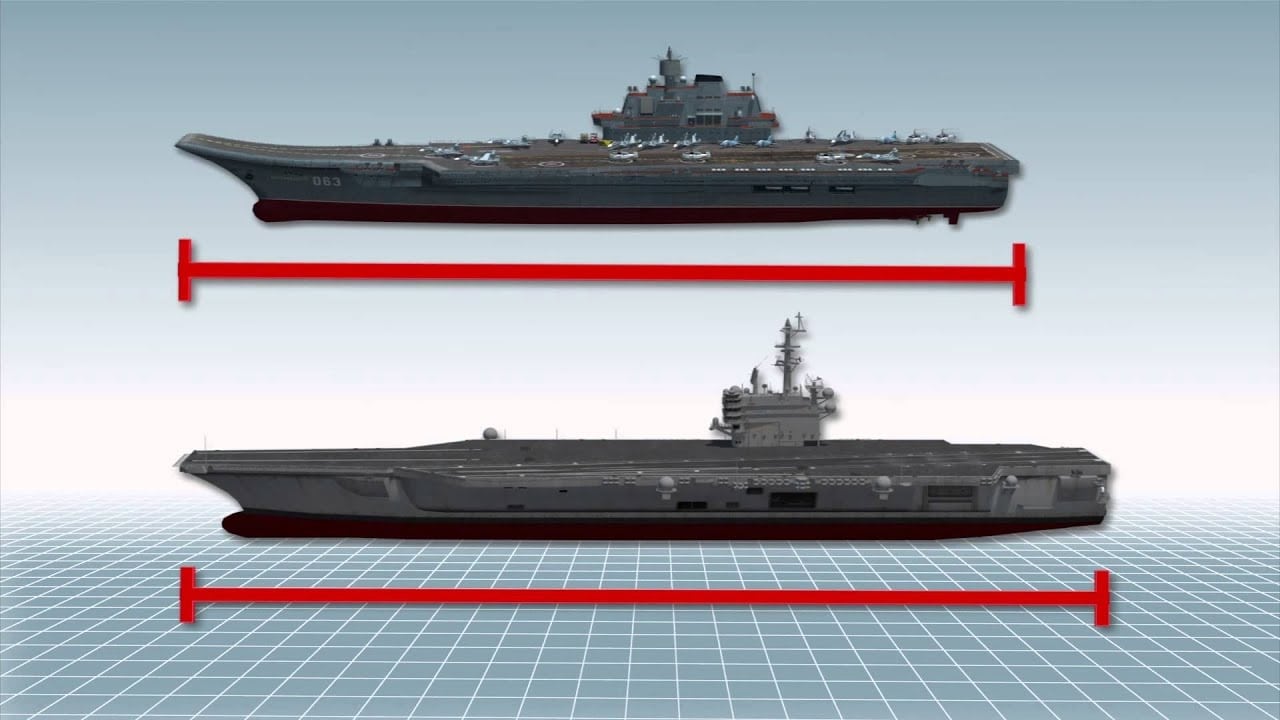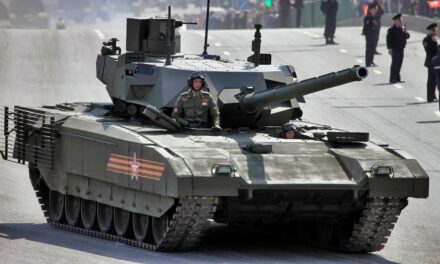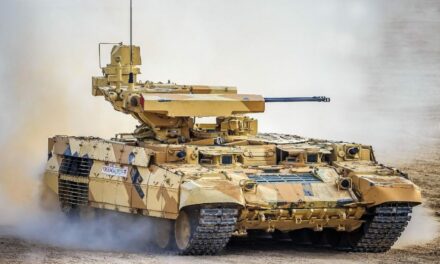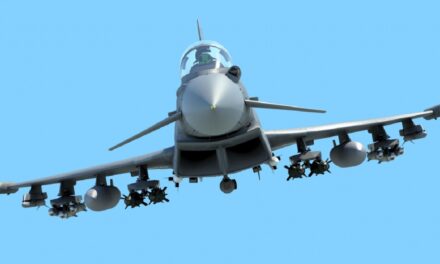We support our Publishers and Content Creators. You can view this story on their website by CLICKING HERE.
Key Points: China is aggressively expanding its aircraft carrier fleet, aiming to have six carriers by 2035, including nuclear-powered models for extended range and capability.
-This build-up supports China’s ambition to dominate the Indo-Pacific region, deter rivals like the U.S. and its allies, and project power globally.
-Beyond military advantages, carriers symbolize national pride, unity, and confidence in political leadership, enhancing China’s domestic and international stature.
-With improved carrier aviation, stealth technology, and escort ships, China’s growing fleet aims to secure trade routes, deter adversaries, and solidify its position as a rising global power.
China’s Ambitious Aircraft Carrier Plan: Six by 2035?
It seems like every time you look, China is leaping forward with its military capabilities. The People’s Liberation Army Navy (PLAN) now has three aircraft carriers, and they are often in the sea at once, harassing Taiwan and putting critical American military assets on Japan in danger.
But how many aircraft carriers does China want?
Probably six by 2035, which would give China over 50 percent of the flat-top numbers that the United States has.
Regional and Global Powerhouse
China wants a world-class military – one that can dominate its neighborhood and overseas regional rivals like Japan, South Korea, and Australia.
Chinese Premier Xi Jinping aims to modernize his country’s defense forces by 2027, the year that many intelligence analysts believe the Middle Kingdom will invade and annex Taiwan. Eventually, China could use its military to dominate outside the Indo-Pacific making it a true global power.
Growing the Fleet
This means more aircraft carriers to traverse the high seas. This would be a great shot in the arm for propaganda efforts. Xi could point to the carrier fleet as an example of national might and prestige. China could respond to contingencies worldwide and create a show of force whenever needed with six carriers. The next three will be nuclear-powered for near-unlimited range. Carrier aviation will be improved with stealth airplanes and the best pilots. The carriers can deploy command and control aircraft to lead maritime battles better. Combat search and rescue will be improved to give aviators extreme confidence that they if they are shot down they will survive.
Fujian, China’s New Aircraft Carrier. Image Credit: Chinese Internet.
Bigger and Better Aircraft Carrier Battle Groups
China will also build more combat escort ships to populate its carrier strike groups, which means more destroyers, frigates, and submarines. The country is drastically improving its undersea warfare capabilities with better swift and silent boats. Sonar and detection sensors are more advanced, so enemy submarines will have a more difficult time attacking Chinese carriers.
Other protective screens around carrier battle groups include anti-ship and anti-aircraft missiles to create an impenetrable umbrella around the valuable carriers.
Carriers Have Advantages Beyond Combat
Carriers can also protect sea lines of communication, improving trade and commerce on open waters outside the region. Nuclear carriers could patrol the Middle East and protect critical oil shipments that flow through the Strait of Hormuz. Chinese carriers can also improve armed diplomacy efforts and deterrence. They can provide a show of force or conduct humanitarian missions that give China a way to shape foreign policy and international relations.
Joy In the Hearts of All Countrymen
To China, flat-tops are a point of national pride and even joy. When an ordinary Chinese citizen watches television news and sees video of an aircraft carrier, it shows that Xi Jinping has created a sense of great accomplishment and unity. The Chinese may have domestic problems, but leaders and citizens can point to the PLAN and see that the country is excelling in military affairs.
Political Leadership Gets It Right
In fact, one aspect of a modernized military is that Chinese citizens are convinced that their political leadership has progressed to the point that it can better focus on internal affairs like improving housing, creating jobs, and cleaning up the environment since the nation’s military is secure. This gives the public confidence that their government cares about the future of the country. So, carriers symbolize more than military advantages, they assure the public that China’s most difficult challenges can be resolved.

Comparison of U.S. and Chinese Aircraft Carrier sizes. Image Credit: Screenshot.
Rally Around the Flag
Thus, aircraft carriers for China represent more than just better military capabilities. They definitely improve the levels of tactics, operations, and strategy, but each new flat-top represents more to the general public. Any type of military operation with a carrier will have the Chinese public rally around the flag and support a potential war and that is exactly what Chinese military and civilian leadership want to happen. So, China should look to increase its carrier fleet in the near future.
Even the three they currently have are points of national pride and prestige. Not to mention a way to dominate the region and someday create a global, blue-water navy. No other piece of Chinese military has so many advantages. Carriers provide military power and even some types of civilian and domestic advantages. Six carriers would place China into another category of power, which could take just ten more years of supreme effort. This is doable for the Chinese; they cannot wait for the sixth flat-top to hit the water.
About the Author: Dr. Brent M. Eastwood
Brent M. Eastwood, PhD, is the author of Don’t Turn Your Back On the World: a Conservative Foreign Policy and Humans, Machines, and Data: Future Trends in Warfare, plus two other books. Brent was the founder and CEO of a tech firm that predicted world events using artificial intelligence. He served as a legislative fellow for U.S. Senator Tim Scott and advised the senator on defense and foreign policy issues. He has taught at American University, George Washington University, and George Mason University. Brent is a former U.S. Army Infantry officer. He can be followed on X @BMEastwood.

 Conservative
Conservative  Search
Search Trending
Trending Current News
Current News 





